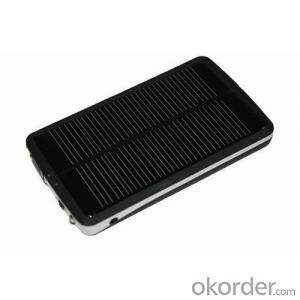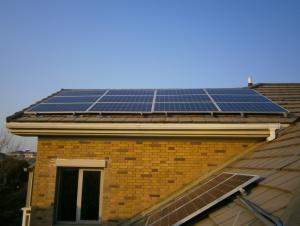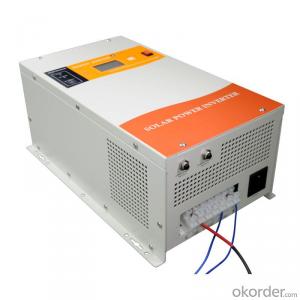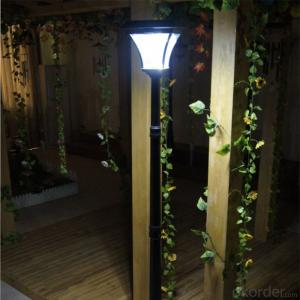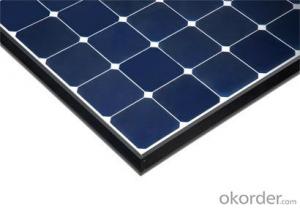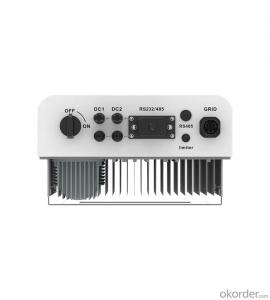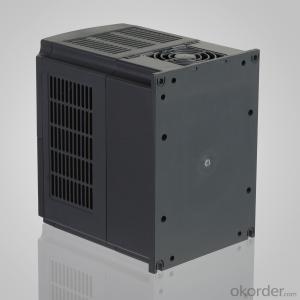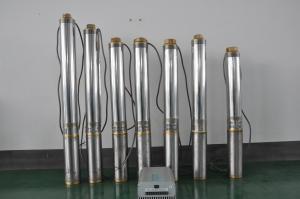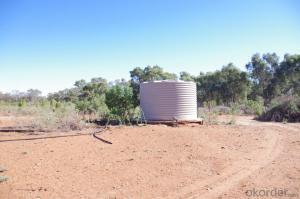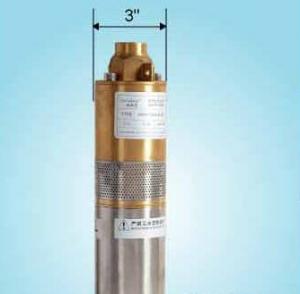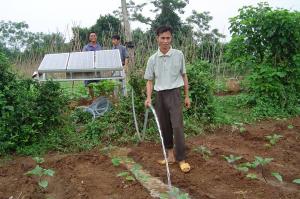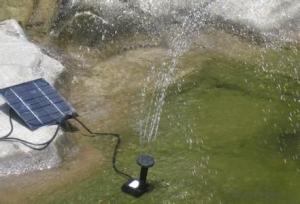Best Solar Inverter 2016
Best Solar Inverter 2016 Related Searches
Best Solar Inverter The Best Solar Inverter Best Solar Power Inverter Best Inverter Solar World Best Solar Inverter Best Solar Battery Inverter Solar Inverter Best Solar Best Inverter Best Solar Hybrid Inverter Best Solar Inverter For Home Best Solar Panel Inverter Best Home Solar Inverter Best Inverter For Solar Best Solar Inverter 2019 Best Hybrid Solar Inverter Which Solar Inverter Is Best Best Solar Inverter 2022 Best Solar Inverter Brands Best Inverter Solar System Best Inverter For Solar System Top Solar Inverter Best Solar Inverter Generator Best Inverter Solar Panel Best Solar Pump Inverter Best Solar Inverter 2023 Best 12v Solar Inverter Best Solar Inverter Charger Best Inverter For Solar Panels Best Solar Micro Inverter Best Solar Inverter BatteryBest Solar Inverter 2016 Supplier & Manufacturer from China
Best Solar Inverter 2016 is a collection of top-performing solar inverters that have been carefully selected for their efficiency, durability, and reliability. These products are designed to convert the energy generated by solar panels into usable electricity for residential, commercial, and industrial applications. The solar inverters included in this list are recognized for their ability to maximize energy output and minimize power loss, making them an essential component in any solar energy system.The Best Solar Inverter 2016 products are widely used in various scenarios, such as grid-tied solar systems, off-grid solar systems, and hybrid solar systems. They cater to the needs of homeowners, businesses, and utility-scale solar projects, ensuring that the generated solar power is efficiently converted and utilized. These inverters are also compatible with different types of solar panels, making them a versatile choice for a wide range of solar energy projects.
Okorder.com is a leading wholesale supplier of Best Solar Inverter 2016 products, offering a vast inventory of high-quality solar inverters at competitive prices. With a commitment to customer satisfaction, Okorder.com ensures that these solar inverters are readily available for businesses and individuals looking to harness the power of the sun. By providing access to the best solar inverters on the market, Okorder.com plays a crucial role in promoting the adoption of clean and sustainable energy solutions.
Hot Products



